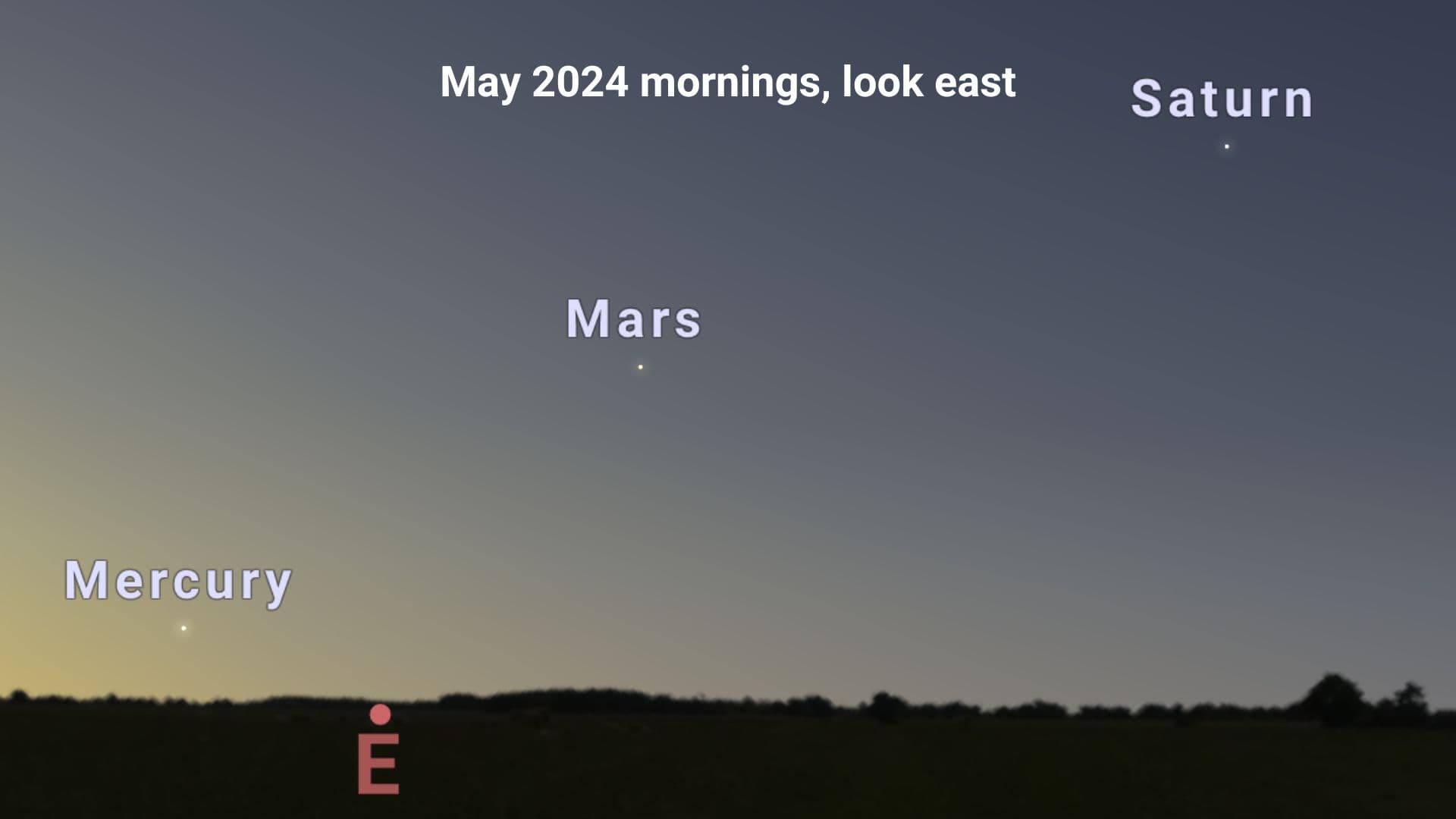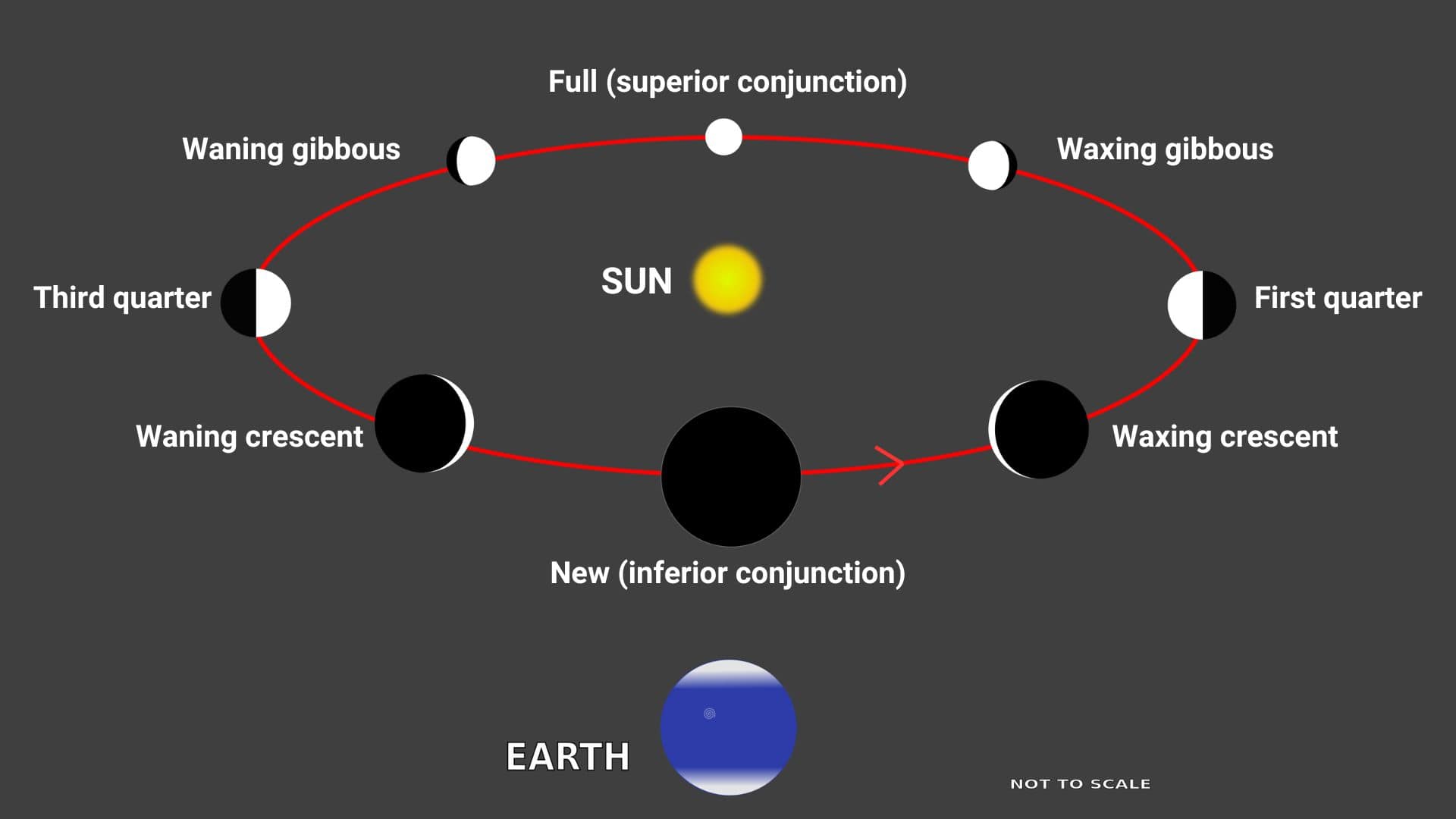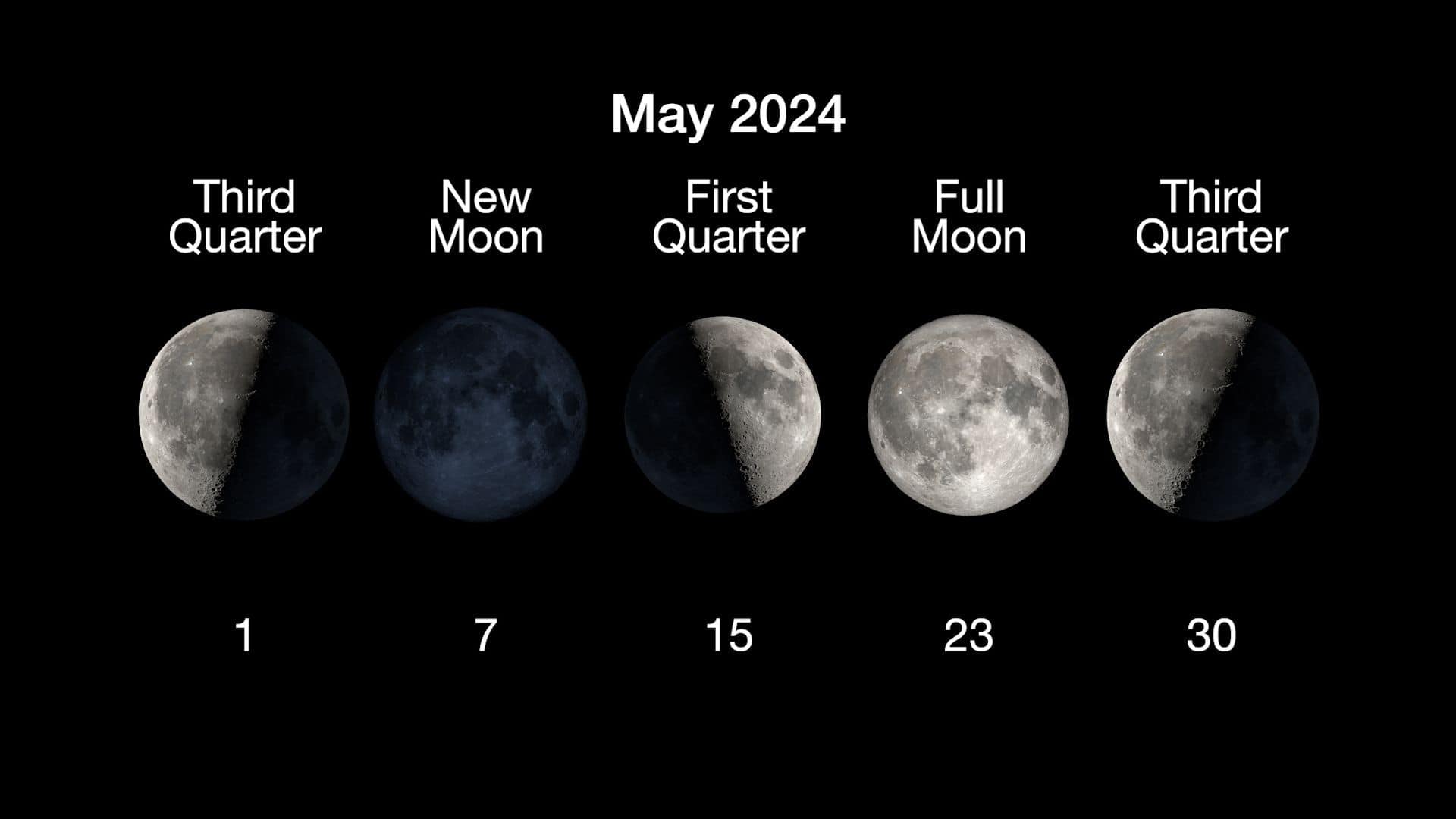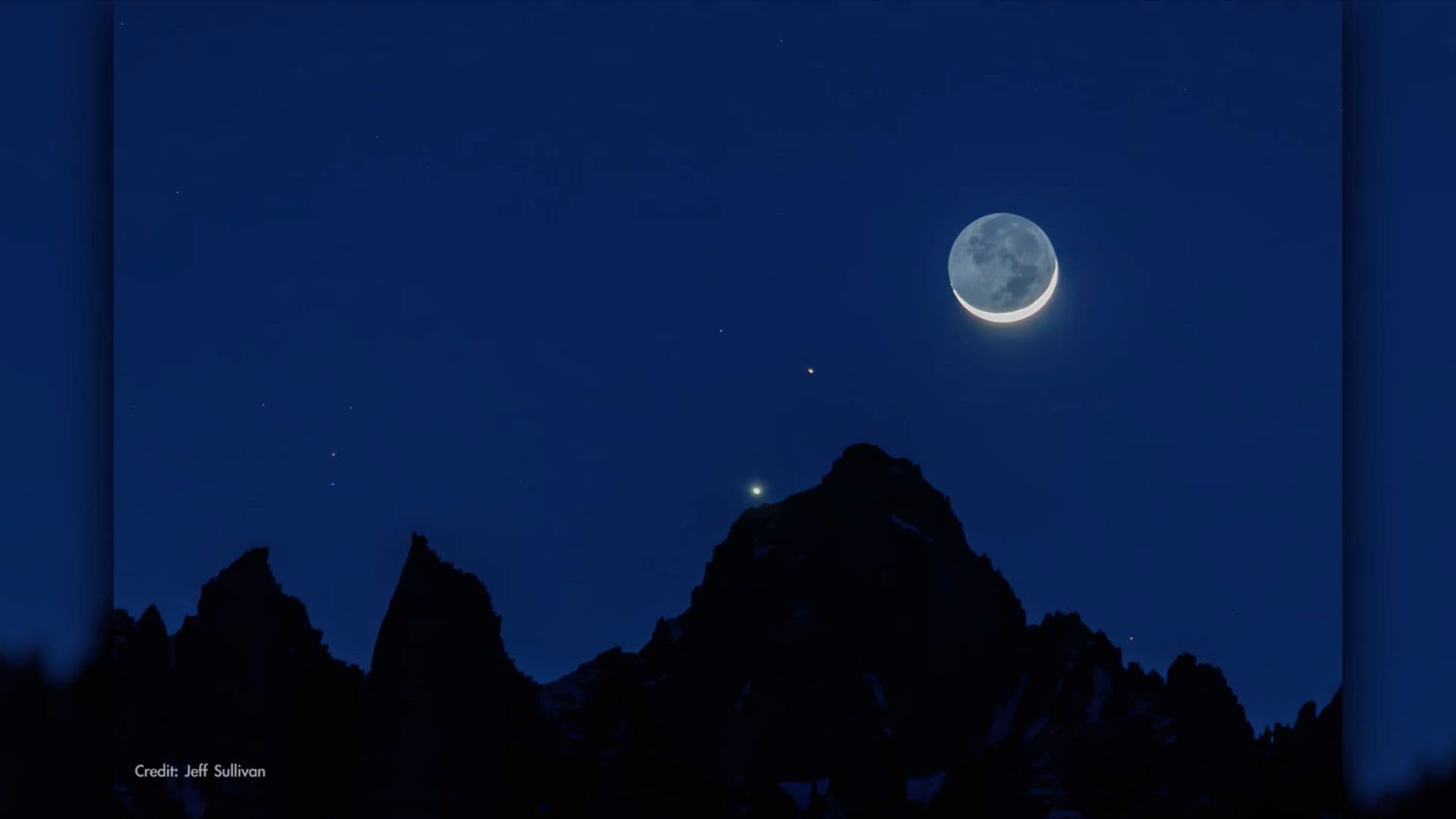A new moon is when the sun, moon, and earth are aligned and the moon is positioned between the sun and earth. So during a new moon, the moon is located on the same side of the earth as the sun.
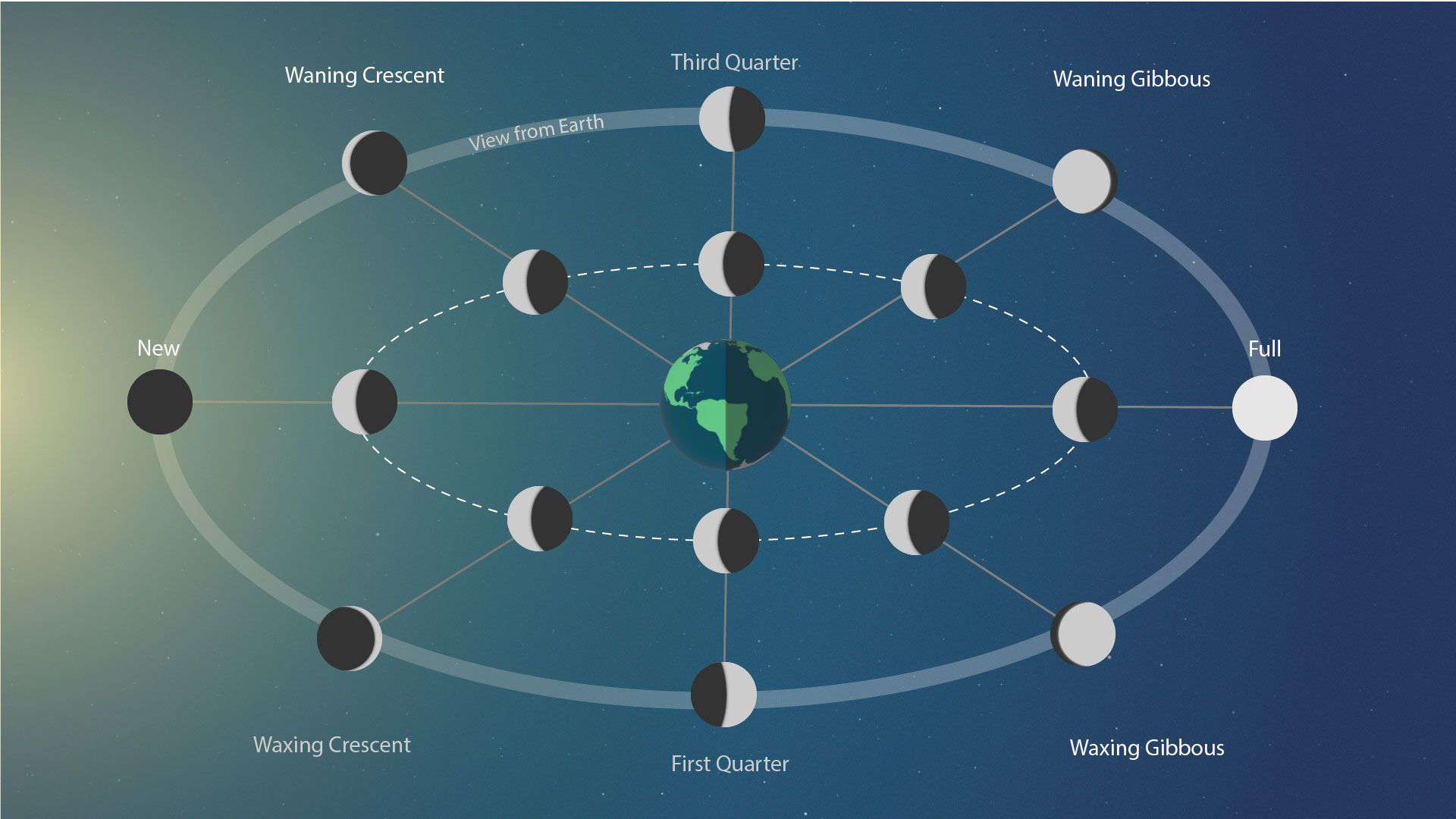
The meaning of a new moon
It is called a new moon because a new moon marks the beginning of a “new” lunar month. In ancient times, when there was no calendar, the moon was used to measure the length of a month.
The duration from one new moon to the next new moon is called a lunar month, a synodic month, or a lunation, and the average length of a lunar month is equal to 29.531 days.
So you see that the length of a lunar month is slightly smaller than our calendar month (except February).
New moon is the invisible phase of the moon
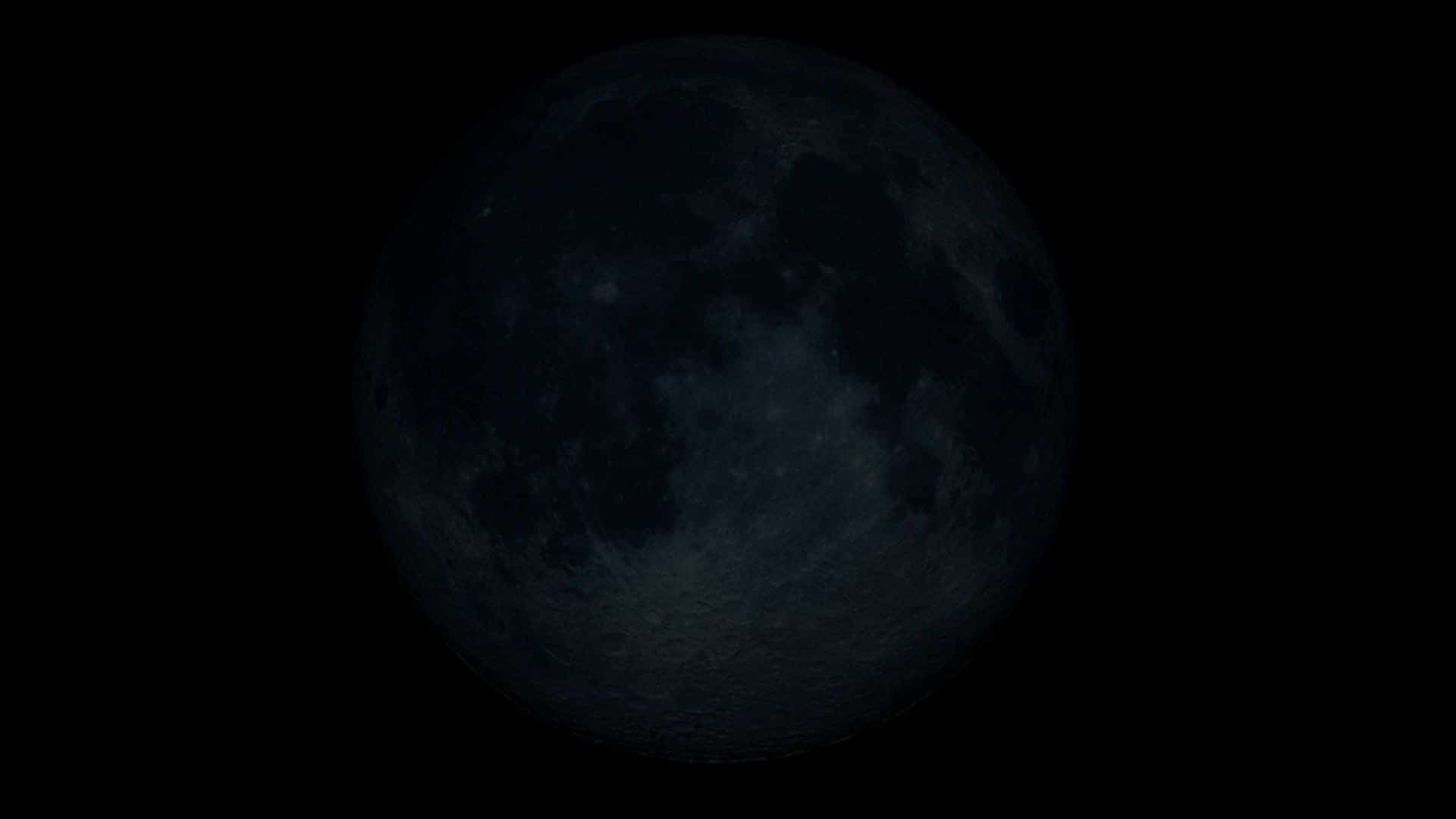
During a new moon, the moon is positioned in front of the sun with respect to the earth. So the side of the moon that faces our earth is in complete darkness, or 0% illuminated. That’s why a new moon is not visible to us.
A new moon is only visible during a solar eclipse.
Rise and set time of a new moon
A new moon rises around the time of sunrise, reaches highest point (overhead point) in the sky around noon and sets around the time of sunset.
As during a new moon, the moon is positioned on the same side of the earth as the sun that’s why a new moon rises and sets along with the sun.
First phase of the lunar cycle
There are total eight phases of the moon in a lunar cycle. In order, these are new moon, waxing crescent moon, first quarter moon, waxing gibbous moon, full moon, waning gibbous moon, third quarter moon and waning crescent moon.
As a lunar cycle starts from the new moon phase that’s why it’s the first phase of the lunar cycle.
A new moon happens once every 29.531 days
As the moon takes 29.531 days to complete one orbit around the Earth with respect to the sun that’s why a new moon happens once every 29.531 days. This is called a synodic month.
Second new moon in a calendar month is called a Black Moon
As a new moon occurs once every 29.531 days so it’s possible to fit two new moons in a calendar month.
When you see two new moons in a calendar month then the second new moon of that month is called a Black moon.
For that to happen, the first new moon must be on the 1st or 2nd of a calendar month so that the second new moon is on the 30th or 31st.
No solar eclipse at every new moon
A solar eclipse occurs only at the new moon phase, but not at every new moon.
A solar eclipse occurs when the Moon is in a straight line between the Sun and the Earth and the Moon’s shadow falls on the Earth.
However, it doesn’t happen at every new moon phase because the lunar orbit is tilted about 5° with respect to the ecliptic, the plane of the earth’s orbit around the sun.
When the plane of the lunar orbit around the earth intersects with the plane of the earth’s orbit around the sun at new moon phase then a solar eclipse occurs.
Read about all eight phases of the moon: New moon Waxing crescent First quarter Waxing gibbous Full moon Waning gibbous Third quarter Waning crescent
Please follow us on Facebook and Twitter to get latest space news, upcoming skywatching events and astronomy-related content.
